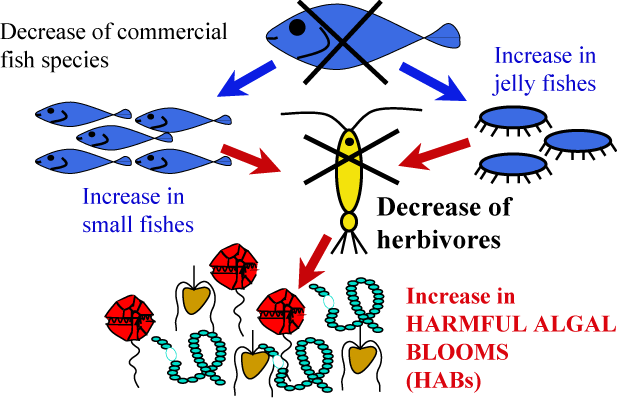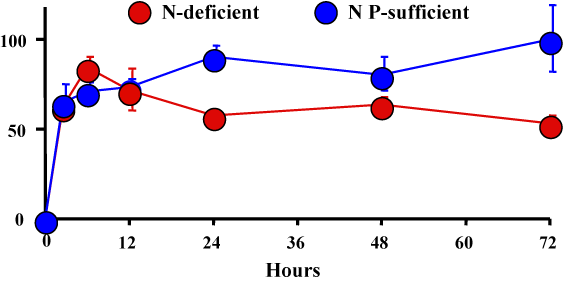


 |  |  | 9.3 Are there any way to diminish or at least mitigate HABs? |
Current strategies for the management of some HABs include monitoring of toxic algal cells and toxins in shellfish, harvesting and sales restrictions for contaminated products, and the towing of aquaculture pens away from HABs. While these management strategies have enhanced our ability to protect public health and affected resources, there are virtually no strategies to reduce the threat from an existing or developing bloom. One promising approach in this regard involves the use of dispersed clay particles to flocculate and cause sedimentation of HAB cells. This method has only been used in SE Asia against ichthyotoxic species. Clay dispersal can effectively remove HAB species from the water column [287]. Clays are generally inexpensive, readily available in large quantities, and easy to use in field operations. In addition to the use of clay, it is well known that phytoplankton grazing by mussels is very efficient. Therefore, protective mussel "curtains" are another alternative that can be used to stop HABs from reaching fish cultured in cages. The EC funded project FATE is just now testing the feasibility and impact of these two mitigation techniques in Europe [207].

The first results show that at the same cell densities, removal efficiency by clay is 100% while when the cells are nutrient deficient not more than 50% of the cells are removed. Although the above mentioned mitigation techniques are to be used in emergency situation, we need to understand how the different HABs function, so this information can later be used in environmental policy concerning countermeasures for the control of:

 |  |  | 9.3 Are there any way to diminish or at least mitigate HABs? |